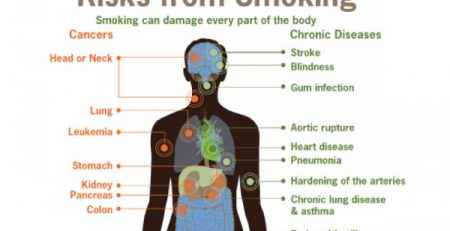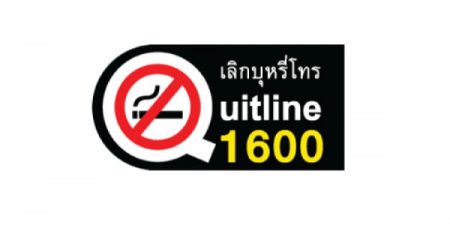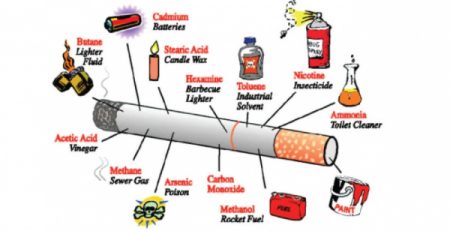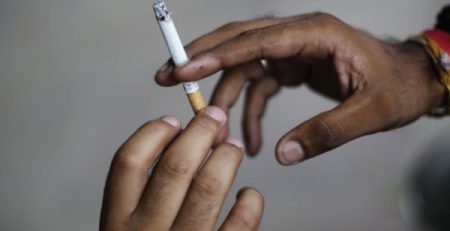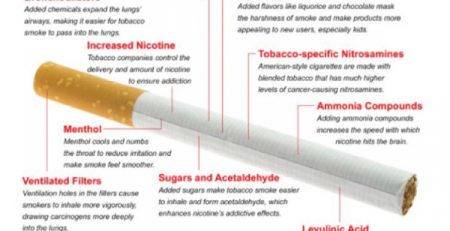Progress of Tobacco Control Implementation in Thailand
Progress of Tobacco Control Implementation in Thailand
during 2011 – 2013
- In 2011, Thailand released 2 issues of the Notification of the Ministry of Public Health which were: (1) The Notification of the Ministry of Public Health (No. 15) and the Notification of the Ministry of Public Health (No. 16). These notifications included criteria, procedures and conditions for displaying words or statements that may cause misunderstanding on labels of cigarettes, cigars and tobacco issued under the Tobacco Product Control Act B.E. 2535 (1992)
- On 17 April 2012, the Ministry considered the 3rd National Health Assembly (2010), Resolution No. 6, Tobacco Health Risk Factor Control Measures, aiming to encourage relevant public sectors to drive human performance according to the resolution.
- On 12 June 2012, the Ministry has authorized the National tobacco control strategy 2012 – 2014 along with suggestions in order to inform all relevant sectors to participate in driving increases in tobacco control taxes.
Since 1992, Thailand has increased its tobacco excise tax 9 times, beginning at 55%, but increased to 85% of the factory price (May 2009). As a result, the smoking rate has continually dropped and has decreased with the upward slope of income from excise taxes on cigarettes collected by the government (from 15,438 million baht (1992) to 57,196 million baht (2011)).
The elasticity of cigarette consumption to price was between – 0.0418 – 1.003 or an average of – 0.39. Half of smokers were Roll – Your – Own smokers (RYO) who smoked shredded tobacco which has a tobacco tax charged at the lowest rate (0.01%) and has never been increased. Besides, before 2009, the government has never increased the cigarette tax faster than inflation (the highest increase was 5% of the factory price). Although Thailand has limitations in driving tobacco tax policies, tobacco control in Thailand is considered to work effectively. There are also limitations in effectively driving policy measures.
Using non – price measures, Thailand has 2 important pieces of legislation as mechanisms to drive tobacco control: (1) Tobacco Product Control Act B.E. 2535 (1992), and (2) Non-Smokers’ Health Protection Act B.E. 2535 (1992). In 2003, Thailand ratified and became a member of the parties of the WHO Framework Convention on Tobacco Control. Thailand becomes the 36th member country of this treaty which now includes over 170 countries.
Source:
Dr. Siriwan Pitayarangsarit, Prapaphun Iamarnun, Praweena Punkajung and Kumpakran Sommitr. The summary of tobacco consumption control in Thailand 2012. Tobacco Research Control and Knowledge Management Center (TRC), 2012.



